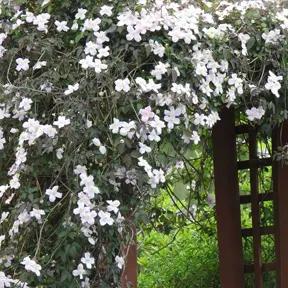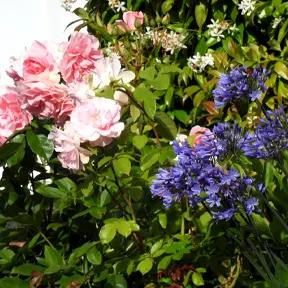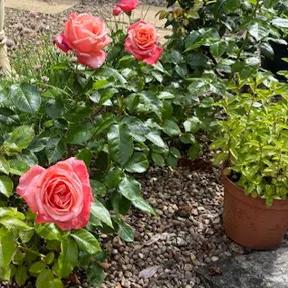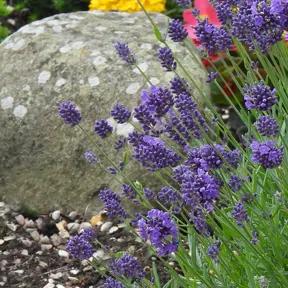Bird Cherry, Large Trees
- Native, bitter but edible fruit.
- White flower strands, scented.
- Sizes: Standards & Saplings.
- Max. Height: 10m
- Bareroot Delivery: Nov-Mar.
Recommended extras
Description
Prunus padus: Bareroot Wild Bird Cherry Trees in Standard Sizes
Bird cherry, Prunus padus, is fast-growing, native, deciduous tree or large shrub. In early summer, they have strands of small, almond scented, white flowers that ripen into dark fruit which are popular with birds. As with most cherries, the foliage colours beautifully in autumn. They are suitable for medium-sized gardens, reaching a height of about 10 metres.
You can also buy sapling Bird Cherries, which make great country hedge plants.
Browse our cultivated, ornamental flowering cherry tree, including the Colorata and Watereri Bird Cherries.
Delivery season: Bird cherry trees are delivered bareroot during late autumn and winter, approximately November-March inclusive.
Choosing a size: Small trees are cheaper, easier to handle and more forgiving of less than ideal aftercare, so they are best for a big planting project. If instant impact is your priority, or if you are only buying a few plants for use in a place where it is convenient to water them well in their first year, then you may as well use bigger ones. All our bareroot trees are measured by their height in centimetres above the ground (the roots aren't measured).
Features:
- Height: To 10m
- Soil: Almost any decently well drained
- Use: Screening, avenue, urban
- Colour: White flowers in April
- RHS Plants for Pollinators
- Bareroot delivery only: November-March
Growing Bird Cherry Trees
They will grow on any reasonably well drained soil, including poor, compacted urban ones, and thrive on chalk. They need close to full sun to flower really well, but otherwise tolerate partial shade.
Planting Instructions
Notes on planting Bird Cherry trees:
Bird Cherry trees will grow well in most well-drained conditions. They are hardy and happy on infertile soil or sites where there is competition from other trees. They will not grow so well if the site is on shallow chalk, but they are tolerant of limestone and alkaline soil in general.
Prepare your site before planting:
It is good to dig over the site where you plant a tree several months in advance. Kill the weeds first: for tough weeds like nettles, brambles and ground elder, you will usually need a weed-killer to get rid of them. When you dig the soil over, remove stones and other rubbish and mix in well rotted compost or manure down to the depth of about 2 spades.
Watch our video on how to plant a tree for full instructions.
Remember to water establishing trees during dry weather for at least a year after planting.
Tree Planting accessories:
You can buy a tree planting pack with a wooden stake & rubber tie to support the tree and a mulch mat with pegs to protect the soil around the base of your tree from weeds and drying out.
We recommend using mycorrhizal "friendly fungi" on the roots of all new trees, especially if your soil is poorly fertile.
Did You Know?
Known as hackberries (also egg-, hag-, heck-, and hedgeberry), the bitter fruit are edible, but you wouldn't want to eat them unless you cooked them up with plenty of sugar. The stone in the centre of the fruit is poisonous and should be removed before cooking. Better to leave them for the birds. The young spring leaves can be steamed or boiled.
Other common names include black dogwood and hog cherry.
Standard trees are measured by their girth in centimetres 1 metre above ground level: their trunk's waist measurement. Unlike sapling trees and hedge plants, standards aren't measured by their height, which will vary quite a bit both between and within species.
So, a 6/8cm standard tree has a trunk with a circumference of 6-8cm and an 8/10 standard has a trunk 8-10cm around. This measurement makes no difference to the tree's final height.
On average, standard trees are 2-3.5 metres tall when they arrive, but we cannot tell you precisely how tall your trees will be before we deliver them.
It's Summer Planting Season 2025
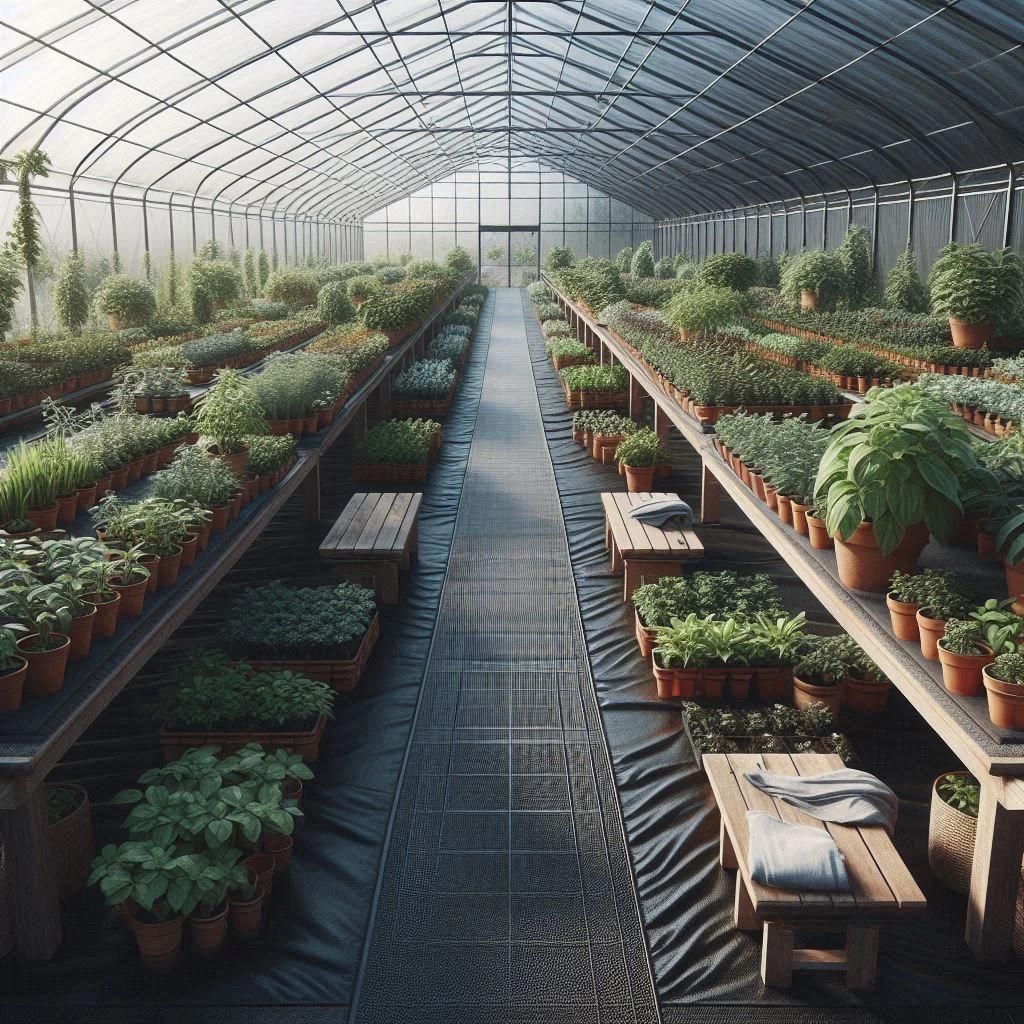
Pot Grown & Plug Plants Delivered
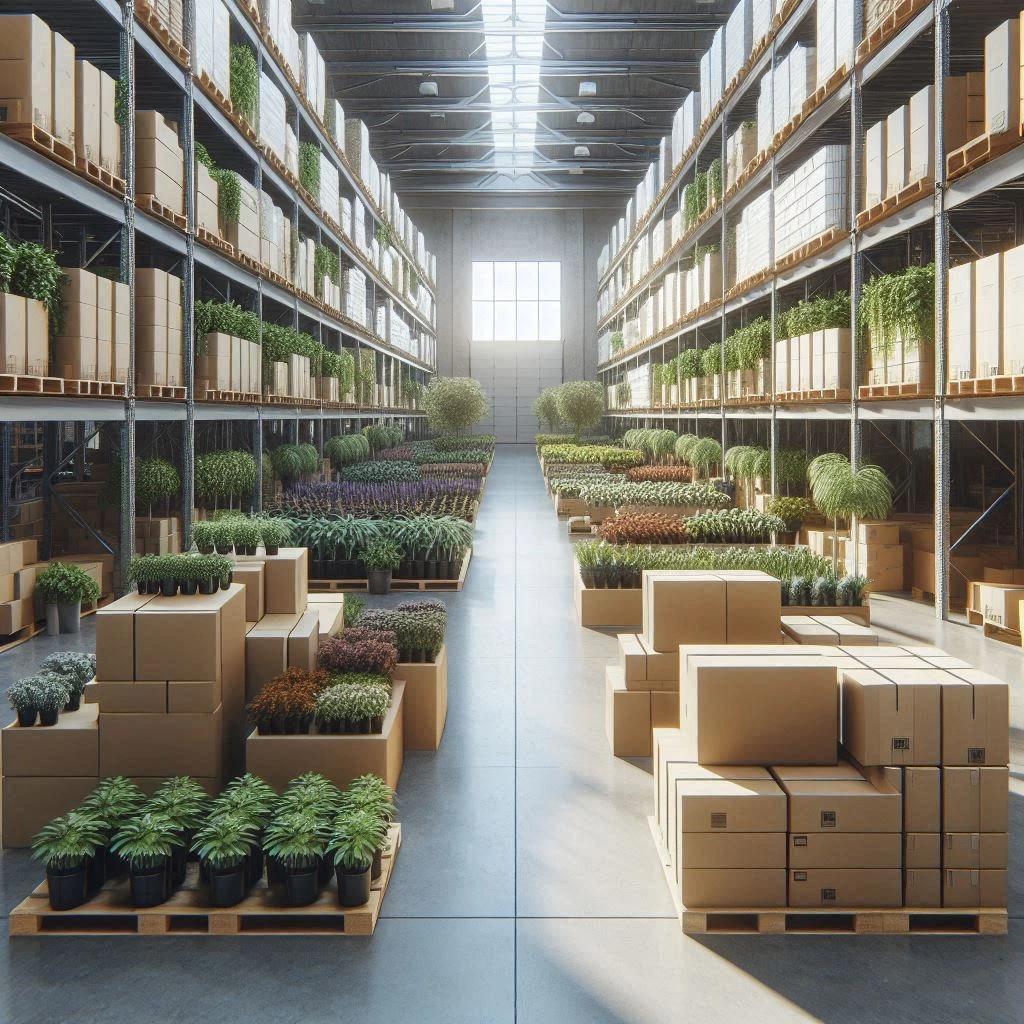
Direct from the Nursery Value

No more broken plants in the post!
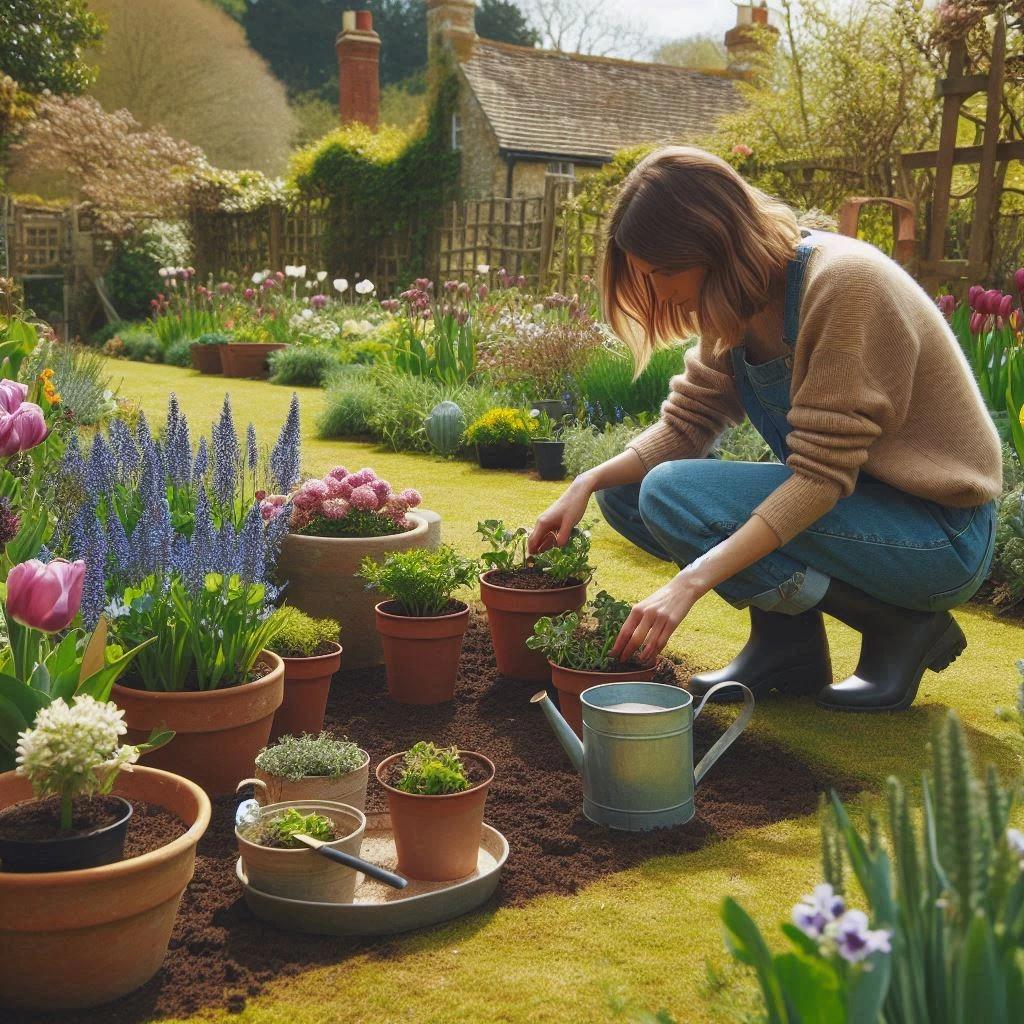

 hedge 1.webp)
 hedge 1.webp)
 hedge 2.webp)
 3.webp)

